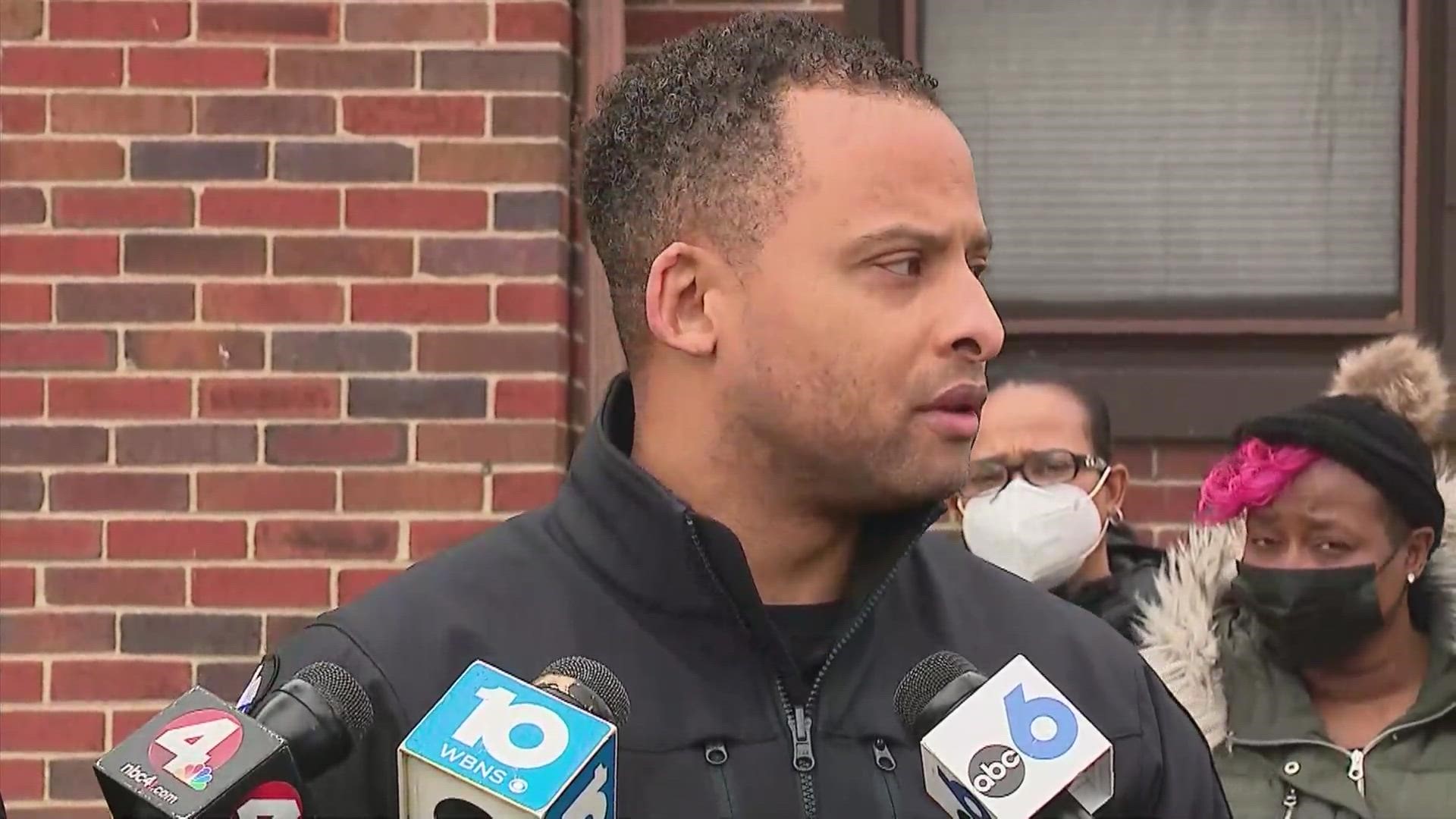COLUMBUS, Ohio — The Columbus Division of Police is making an effort this year to be more transparent with the community as it tries to solve more homicide cases.
Sgt. James Fuqua spoke during a press briefing Thursday after the city reported its first homicide in 2022.
On Tuesday, before 12:40 a.m., 25-year-old Andrew Santiago was found dead behind a home after a shooting on Indianola Avenue near Weber Road.
During the briefing, Fuqua held up a picture of Santiago and his 8-year-old daughter.


"She now has to live the rest of her life without a father and that's absolutely tragic and unnecessary," he said.
Ever since Chief Elaine Bryant was sworn in last year, she has been focused on reducing violent crime within the city and among people.
Columbus saw a new record-high number of homicides in 2021, marking a grim milestone as we head into the new year.
Fuqua explained the homicide cases represent more than just a number. The victims have friends and families who are now wanting answers.
"[Bryant's] tired of the numbers. She's tired of homicide just being another number and moving to the next," Fuqua said.
Fuqua also explained how the department's solve rate is not where it needs to be. He said it's up to the public to help increase it.
"Everyone always talks about how it's not just a policing problem. If that is the case, we need the public to start stepping up and helping us," he said.
"Without witnesses, without evidence, without any key pieces we need to solve these cases, unfortunately families will continue to suffer and not have the closure that they deserve in these cases."
A 10 Investigates’ review of homicide data shows of the 660 murders over the past five years, Columbus police have made arrests in a little more than one out of every two killings.
The investigation also discovered more than a dozen “dead zones” or “no arrests deserts” – parts of the city where police have been unable to make arrests – leaving murders unsolved.

